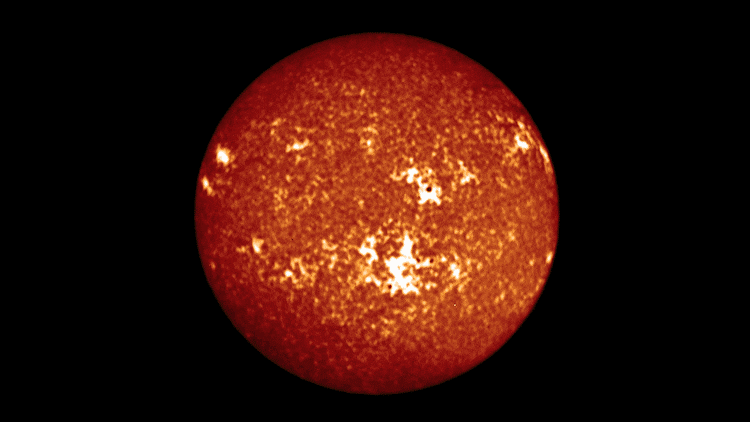Aditya-L1-Objective|global Collaboration
The Indian Space Research Organisation (Isro) launched the Aditya-L1 solar observatory on September 2, 2023, from the Satish Dhawan Space Centre to study the Sun and collect extensive scientific data.

India’s “celestial surya namaskar” is about to reach its climax. India’s first space-based solar observatory — the Aditya-L1 satellite — is going to check-in to the home it is likely to occupy for the next five years. The Indian Space Research Organization (ISRO) says the satellite will reach its destination orbit on January 6 at 4 pm.
Also Read: Chameleon Trojan: New Android malware

FINDING THE SWEET SPOT of Aditya-L1
Aditya-L1’s journey can be broadly divided into two phases: reaching Lagrange Point 1 (L1) and maintaining its orbit around this point. L1 is a unique location in space where the gravitational forces of the Earth and Sun balance out, making it an ideal spot for observing solar phenomena.
Aditya-L1 expected to reach the L1 point
Aditya-L1 is expected to reach the L1 point on January 6. The spacecraft will perform a maneuver similar to MOM’s orbital insertion, using the 440 N Liquid Apogee Motor. Once there, it will not stay fixed at the L1 point but will orbit around it.
The orbit around L1, known as a halo orbit, is a three-dimensional path with specific parameters: ~2 lakh km along the Sun-Earth line, ~7 lakh km perpendicular to this line, and ~1 lakh km perpendicular to the orbital plane of Earth around the Sun (typical of Halo Orbit around L1).
The orbital period is approximately 177.86 days.
Also Read: Chameleon Trojan: New Android malware
A GLOBAL COLLABORATION for Aditya-L1
For missions like Aditya-L1, high accuracy in Attitude and Orbit Control is crucial. Isro’s newly developed software, rigorously tested with the help of the European Space Agency (ESA), aims to ensure this precision. ESA is also providing deep space communication services and assisting Isro with the validation of this critical software.
Upon reaching L1, Aditya will enter orbit as if orbiting an ‘invisible planet.’ Due to the unstable equilibrium at L1, the spacecraft will require regular ‘station-keeping’ maneuvers, approximately once a month, to maintain its correct orbit.
The mission draws lessons from old experiences, such as the SOHO mission in June 1998, which failed to carry out its station-keeping and lost contact temporarily. To avoid such scenarios, space agencies employ sophisticated algorithms like Kalman filters and orbit propagators for accurate position tracking and trajectory predictions.

